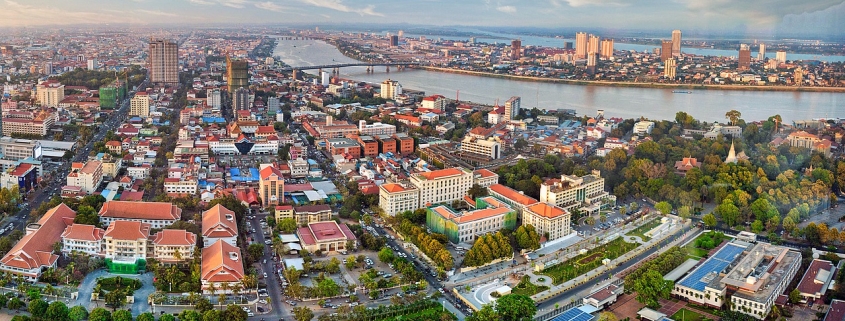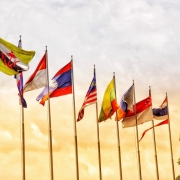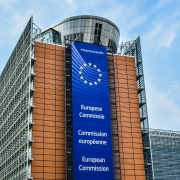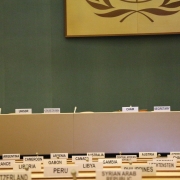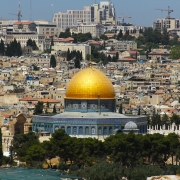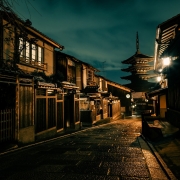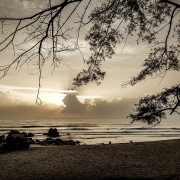What is the Coalition Government of Democratic Kampuchea?
Topic of Study [For H2 History Students]:
Paper 2: Regional Conflicts and Co-operation
Source Based Case Study
Theme III Chapter 2: ASEAN (Growth and Development of ASEAN: Building regional peace and security – relations between ASEAN and external powers)
Topic of Study [For H1 History Students]:
Essay Questions
Theme II Chapter 2: The Cold War and Southeast Asia (1945-1991): ASEAN and the Cold War (ASEAN’s responses to Cold War bipolarity)
Historical context: Third Indochina War
In December 1978, Vietnamese forces entered Cambodian territory and toppled the Khmer Rouge regime. Subsequently, the pro-Vietnamese People’s Republic of Kampuchea (PRK) was formed, led by Cambodian politician Heng Samrin.
An ASEAN-backed solution: Enter the Coalition
In 1980, ASEAN and China urged the Khmer Rouge and the royalists to join forces and form a coalition group to prevent the legitimisation of the PRK government. Norodom Sihanouk had set some conditions before returning to politics, such as disarmament to prevent another round of atrocities committed by the Khmer Rouge as well as the deployment of peacekeepers after the Vietnamese withdrawal.
Notably, Sihanouk also requested that the country’s official name be changed from Democratic Kampuchea to Cambodia.
Leaders of the political factions Sihanouk, Son Sann and Khieu Samphan attended a summit hosted by Singapore in September 1981. Eventually, a ‘four-points’ agreement was made, which included the formation of a Coalition Government of Democratic Kampuchea (CGDK).
With the CGDK being formed, the factions can garner foreign military support for the other two factions besides the Khmer Rouge, particuarly the Khmer People’s National Liberation Front (KPNLF) and National United Front for an Independent, Neutral, Peaceful and Cooperative Cambodia (FUNCINPEC).
On 22 June 1982, the three leaders signed an agreement to officiate the establishment of the CGDK in Kuala Lumpur. The June agreement stated that the CGDK’s aim was to “mobilize all efforts in the common struggle to liberate Kampuchea from the Vietnamese aggressors”.
More importantly, the three political factions in the coalition group would share power equally and make decisions through consensus.
On June 22, 1982, the three coalition leaders met in Kuala Lumpur to sign an agreement establishing a Coalition Government of Democratic Kampuchea (CGDK), on the basis of four principles. Prince Norodom Sihanouk was president, with Son Sann the premier and Khieu Samphan the vice president, in charge of foreign affairs. […] and the new president launched an appeal to all friendly countries to bring aid and support for the “sacred cause”, the restoration of peace in Kampuchea and stability and security in that part of the world.
An excerpt from “Cambodia Confounds the Peacemakers, 1979-1998” by Macalister Brown and Joseph Jermiah Zasloff.
What can we learn from this article?
Consider the following question:
– How far do you agree that ASEAN played a crucial role in the resolution of the Cambodian Crisis?
Join our JC History Tuition to learn more about the Regional Conflicts and Cooperation. The H2 and H1 History Tuition feature online discussion and writing practices to enhance your knowledge application skills. Get useful study notes and clarify your doubts on the subject with the tutor. You can also follow our Telegram Channel to get useful updates.
We have other JC tuition classes, such as JC Math Tuition and JC Chemistry Tuition. For Secondary Tuition, we provide Secondary English Tuition, Secondary Math tuition, Secondary Chemistry Tuition, Social Studies Tuition, Geography, History Tuition and Secondary Economics Tuition. For Primary Tuition, we have Primary English, Math and Science Tuition. Call 9658 5789 to find out more.

